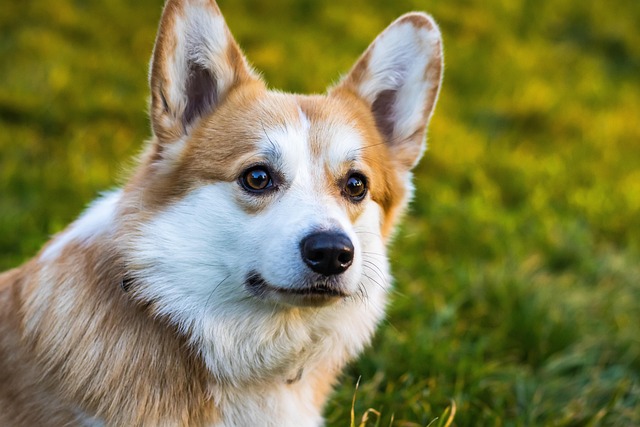
How can I tell if my dog's heatstroke is serious
Let’s be real: It’s a sticky August morning in Los Angeles, and you took your 2-year-old Golden Retriever, Max, for a walk a little later than usual
When it comes to sprucing up your furry friend, the age - old question pops up: should you wash or cut your dog first? It’s not just a matter of personal preference—your dog’s coat condition, temperament, and even local regulations can influence the best approach. Getting it right makes grooming a smoother, stress - free experience for both you and your four - legged companion.
For dogs with long, thick coats prone to matting, starting with a cut often makes sense. Removing excess length first reduces the risk of tangles tightening during washing. Mats can become painful if pulled or tugged during bathing, and in some areas, neglecting proper coat care violates animal welfare laws. Trimming also gives you a better view of the coat’s overall condition, helping you spot any skin issues that might need attention.
 However, if your dog is visibly dirty or has a strong odor, washing comes first. A bath removes dirt, allergens, and grime that can dull the coat and irritate the skin. Just be cautious with the shampoo you use; many regions have guidelines on pet product ingredients to ensure safety. Some shampoos contain chemicals that could harm your dog or contaminate local water supplies if rinsed improperly.
However, if your dog is visibly dirty or has a strong odor, washing comes first. A bath removes dirt, allergens, and grime that can dull the coat and irritate the skin. Just be cautious with the shampoo you use; many regions have guidelines on pet product ingredients to ensure safety. Some shampoos contain chemicals that could harm your dog or contaminate local water supplies if rinsed improperly.
Your dog’s comfort matters too. Nervous or anxious pets might find the whole grooming process overwhelming. If your dog gets stressed easily, start with a gentle bath. The warm water and soothing shampoo can act as a calming prelude. Plus, a clean dog is often more cooperative during the haircut. But always check local leash laws and noise ordinances if you plan to groom outdoors to avoid any unwanted attention or fines.
Another factor is the type of haircut you’re aiming for. Precision cuts, like those for show dogs or specific breed standards, usually require a clean, dry coat. Washing and fully drying the fur first allows you to see the natural lay of the hair, helping you achieve a more accurate trim. On the other hand, if you’re just doing a basic trim to remove length, cutting before washing can save time.
Aftercare is crucial regardless of your order. Always make sure your dog is thoroughly dry after bathing to prevent skin infections, especially in areas with humid climates. And if you’ve cut your dog’s hair, clean up the clippings properly. Some communities have rules about waste disposal, and leaving fur clumps lying around can be a nuisance to neighbors and potentially attract pests.
Grooming your dog is a bonding experience, but it’s also a responsibility. By considering your dog’s needs, local regulations, and the end result you want, you can decide whether to wash or cut first. Remember, a little planning goes a long way in keeping your dog looking great and staying healthy.

Let’s be real: It’s a sticky August morning in Los Angeles, and you took your 2-year-old Golden Retriever, Max, for a walk a little later than usual

You're enjoying a summer afternoon at the park when you notice your dog has stopped panting and appears disoriented - their gums are bright red

Let’s paint the picture: You’re in your Denver apartment, watching your 4-year-old Boston Terrier, Ruby, plop down mid-play session with her favorite toy

Many dog owners notice their pets nails seem shorter after regular walks,but how much does this daily activity actually help?The answer depends on where you walk—concrete sidewalks or asphalt streets gently file nails as a dog's paws hit the ground

Most dog owners notice their pup scooting across the carpet at some point, but few connect it to impacted anal glands. These small sacs near a dog’s rectum secrete a scent for marking territory

Most vets agree that regular dog teeth cleaning is key to avoiding painful dental issues later. For healthy adult dogs, a professional cleaning at the vet’s office every 12 to 18 months usually works well.